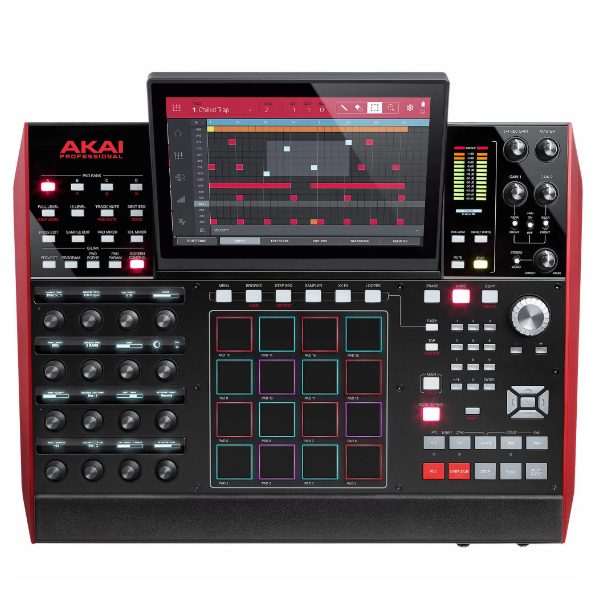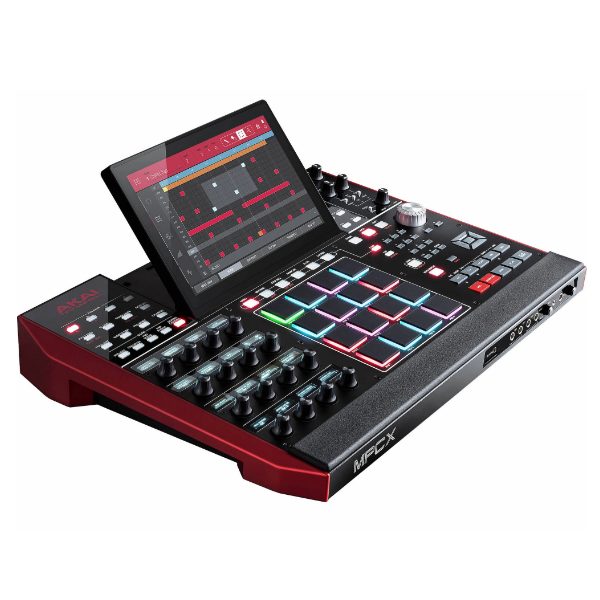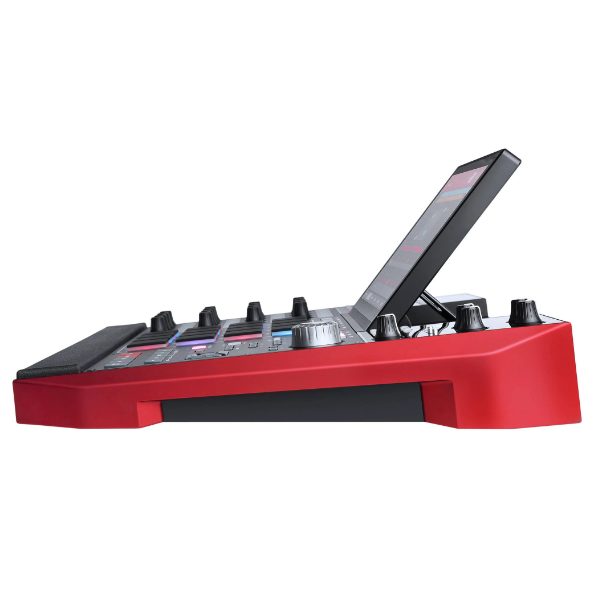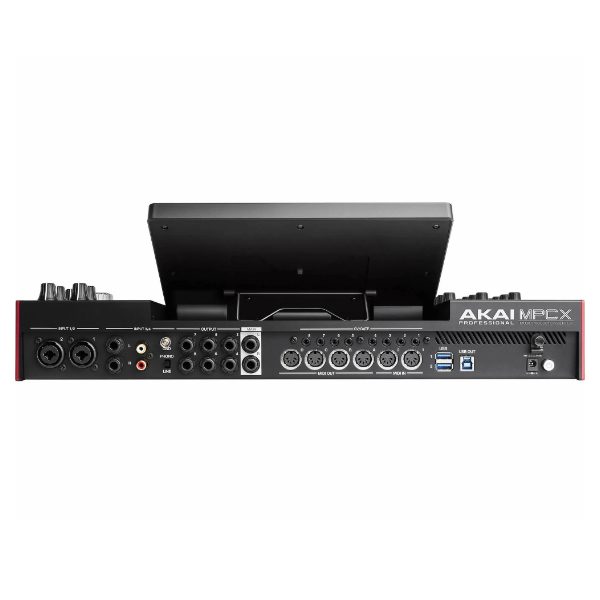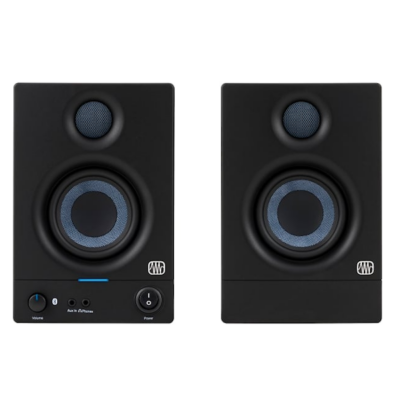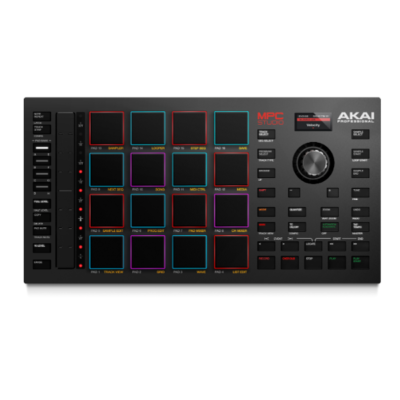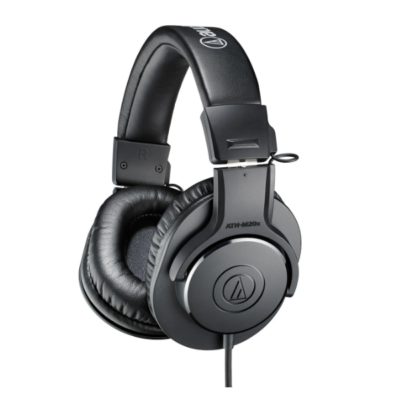Akai Professional MPC X Sampler and Sequencer
Original price was: R85,200.00.R63,895.00Current price is: R63,895.00.
FEATURES
- A complete stand-alone DAW that lets you untether from your PC
- Everything you loved about sampling and beat-making onboard
- Delivers a perfect blend of the classic loop and modern track production
- 10.1″ multi-touch screen and all the hands-on controls you need
- 16 of the best velocity-/pressure-sensitive pads you’ll ever feel
- 16GB of internal storage and external hard drive support
- Preloaded with an epic collection of sounds you’ll actually use
- Pro-quality, all-bases-covered analogue I/O connects to everything
- Control your entire rig with extensive MIDI, CV/Gate, and USB I/O
- MPC 2.0 adds audio track recording and upgraded time warp
- Improved Q-Link control and drag-and-drop MIDI/audio also included
- 10GB Vault 2.0 sample library includes production-ready content
We can order this product for you from the local supplier as soon as you request stock.
Hybrid Standalone Hardware DAW with Software Integration, 10.1″ Multi-touch Screen, 16 Velocity-/Pressure-sensitive Pads, Extensive Control I/O (MIDI, CV/Gate, USB), 16GB Storage (expandable), and MPC 2.0 Internal Software
The MPC You’ve Been Holding Out For!
Want to start a fight? Just ask a room full of old-school beat makers what the all-time best MPC is. Go ahead — we dare you. There’s no way to even know which one was the most popular. There’s the sheer warmth that makes the original ’60 a classic collector’s piece that’s still pumping out the grooves today, but there’s also the amazing flexibility of the ‘2000/XL and the insane all-in-one features of the ‘5000. The fact is, each classic MPC is the “best” one in the eyes of one producer or another, but one thing’s for sure, Akai Professional’s MPC X is the modern MPC all the diehards have been waiting for.
Intuitive control meets limitless depth
One of the biggest “love it or hate it” factors between MPC models is the balance of user-friendliness versus feature depth. From the moment we met the MPC X, the producers here at Musiekwereld realized that this argument was over. This music-production monster delivers more music-production horsepower than any MPC before, but with a hands-on user interface that is so intuitive, you can probably pick one up and put it to work without so much as touching the manual.
This is entirely based on the integration of its onboard MPC 2.0 software and a full set of hands-on controls. The sheer surface-level access the MPC X delivers means you don’t have to go deep to find the features you want. Just take a look at the control layout, and you’ll get the idea.
To put it simply, if it’s something you’d access with a mouse on a computer DAW, then you can grab it on the multi-touch screen. If it’s something you want to be able to push a real button or twist a knob to control, then there’s a button you can press or an OLED-labeled Q-Link encoder you can reach out and twist. It’s amazing how effortlessly the MPC X keeps up with your workflow!
Is it software or hardware?
Yes. More to the point, MPCs have combined software and hardware from the very beginning. The only thing new is the software running on your MPC X is the same software you can run on your computer. That means you can stay hooked up to your computer if you’d like, taking full advantage of both your computer’s software and the MPC X’s I/O and controls, but you don’t have to. Think about it — there are workflow options here you’ve never had before.
For instance, you can head out with nothing more than your MPC X, a mic or two, and a big smile on your face. You can take that rig wherever you feel inspired, lay down some beats, create new samples, even record vocals right alongside your grooves, thanks to MPC 2.0’s new audio track recording feature. At the end of the day, you can come back home with a fresh, more or less complete track in your pocket that’s ready for any finishing touches you want to add in the studio. Talk about the best of both worlds!
Command HQ for your entire music rig
With the MPC1000, Akai Professional’s sampling workstations started to gain a reputation as exceptional sequencers, with music producers from a wide range of genres adopting them for their MIDI rigs. When the MPC5000 arrived, you had 64 MIDI channels at your command, and there was no contest who ruled the hardware sequencer world.
For a minute there, hardware sequencing took a back seat to all-software production, but in the past few years, not only has MIDI sequencing picked up again, the rise of Eurorack gear and other inexpensive analogue synths have brought back CV/Gate control in a big way — and the MPC X is ready for it all.
Not to be outdone by the ‘5000, the MPC X includes four MIDI output ports, but it also includes eight 3.5mm CV/Gate outputs. That means you can sequence your all-analogue synth gear right along with your MIDI sound modules, creating impressive hybrid production systems all controlled from your MPC X and totally locked in with the rest of your tracks. Dual USB ports support MIDI over USB as well, allowing you to integrate your virtual instrument collection or lock to another DAW. Next, consider the MPC X’s analogue I/O. Whether you want to sample and slice vinyl breaks, lay down vocals, or send tracks out to any other gear you have lying around, all the connections are right there.
It always comes down to the sounds
First off, if you want any specific sounds in your MPC X, then go nuts. You can load up just about any samples you like or record new ones on the fly. That’s classic MPC power right there. However, if you’re looking for inspiration, then all you need to do is dive into the massive 10GB Vault 2.0 sound library. We’re talking about the best Capsun Audio, MVP Loops, and CR2 Records has to offer, as well as a ton of unique content from the sampling gurus at Akai Professional.
But what about your sample library? If you’re like some of us over here at Musiekwereld, you may have a sample library some would call over the top, but you can’t live without it. That’s cool — just load it all up on an external hard drive (HDDs and SSDs supported) and plug it into the 2.5″ SATA drive connector. A simpler option is to toss what you want on an SD card or USB flash drive, but it’s all up to you. Any way you look at it, the MPC X makes it easy.
Upgrade your flow with MPC 2.0
When Akai Professional announced a software DAW that thought like an MPC back in 2012, the electronic-music-production world went nuts. The immediate success of the MPC Studio and the MPC Renaissance paved the way for the MPC X and laid the foundation for MPC 2.0. It’s no minor update — MPC 2.0 adds many user-requested features that complement the overall design philosophy of the MPC X.
The one feature many of us are stoked about is the ability to record linear tracks. This feature alone pushes the MPC software DAW out of the realm of beat production into the big leagues with other loop-based DAWs. While they were at it, Akai Professional also updated their time-warp algorithm, making sample stretching and slicing smoother than ever. You’ll feel the enhanced Q-Link control at work by the way your Q-Link knobs respond as though they’re one step ahead of you, and drag-and-drop MIDI and audio makes the most of the MPC X’s touchscreen.
SPECS
Tech Specs:
- Type: Standalone MPC system and MIDI controller
- Screen:10.1″ full-colour multi-touch
- Pads:16 x velocity/pressure-sensitive RGB pads
- Sounds:10GB pre-installed sounds
- Sequencer: Yes
- Sampling: Yes
- Looper: Yes
- Analog Inputs:2 x XLR-1/4″ combo, 2 x 1/4″, 1 x stereo RCA (phono/line)
- Analog Outputs:2 x 1/4″ (main out), 6 x 1/4″
- MIDI I/O:2 x In, 4 x Out, USB
- Other I/O:8 x 1/8″ (CV/Gate)
- USB:2 x 3.0 Type A, 1 x 3.0 Type B
- RAM:2GB
- Additional Media Storage:2.5″ SATA drive connector, SD card slot, USB port
- Software: MPC 2.0 software
- OS Requirements – Mac:OS X 10.10.5 or later
- OS Requirements – PC: Windows 8.1 or later
- Height:3.4″, 8.4″ (display upright)
- Width:19.9″
- Depth:16.7″
- Manufacturer Part Number: MPCX

